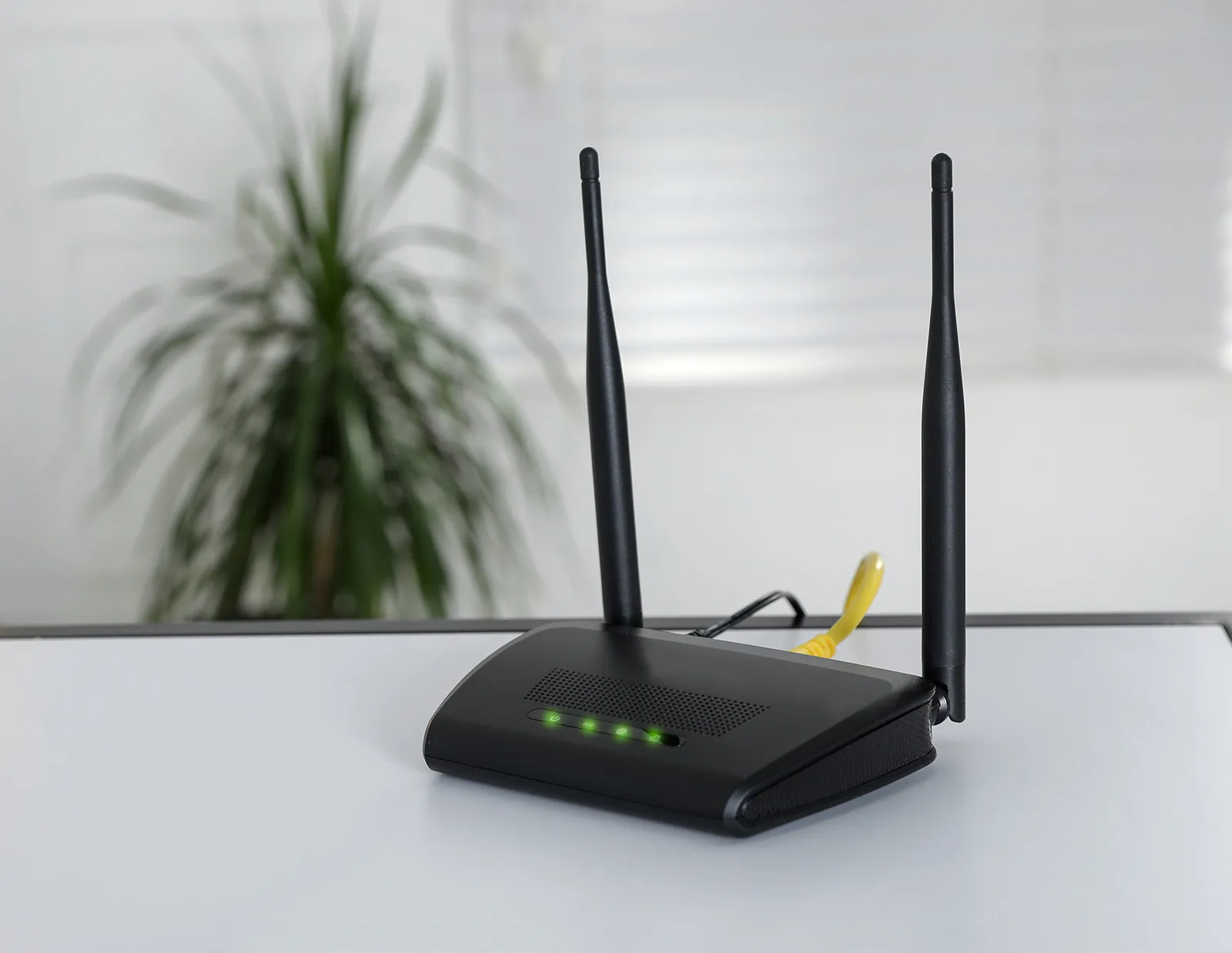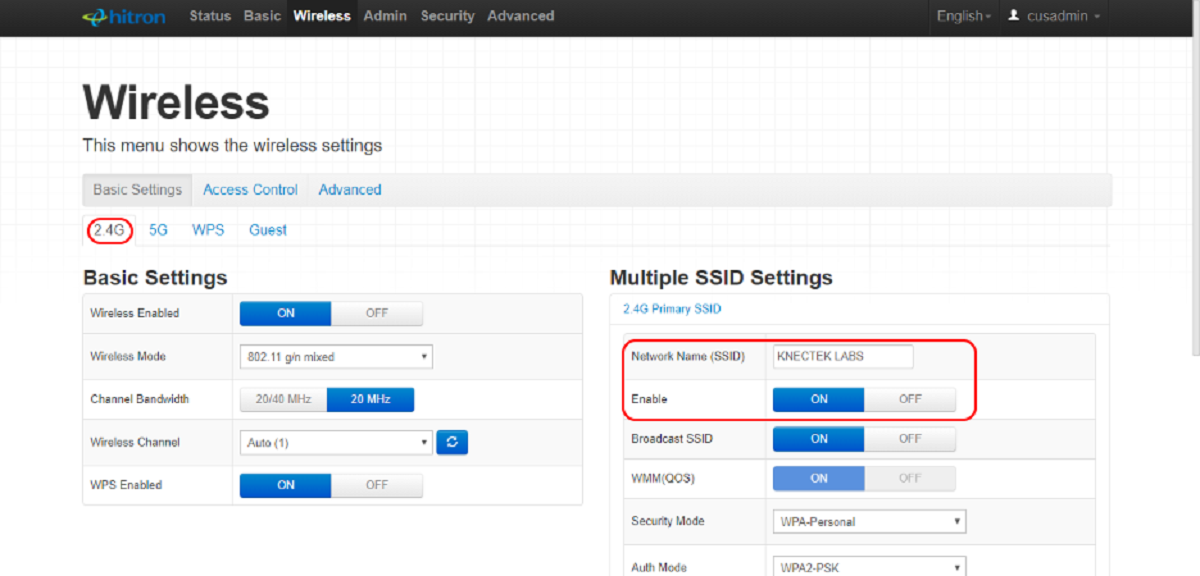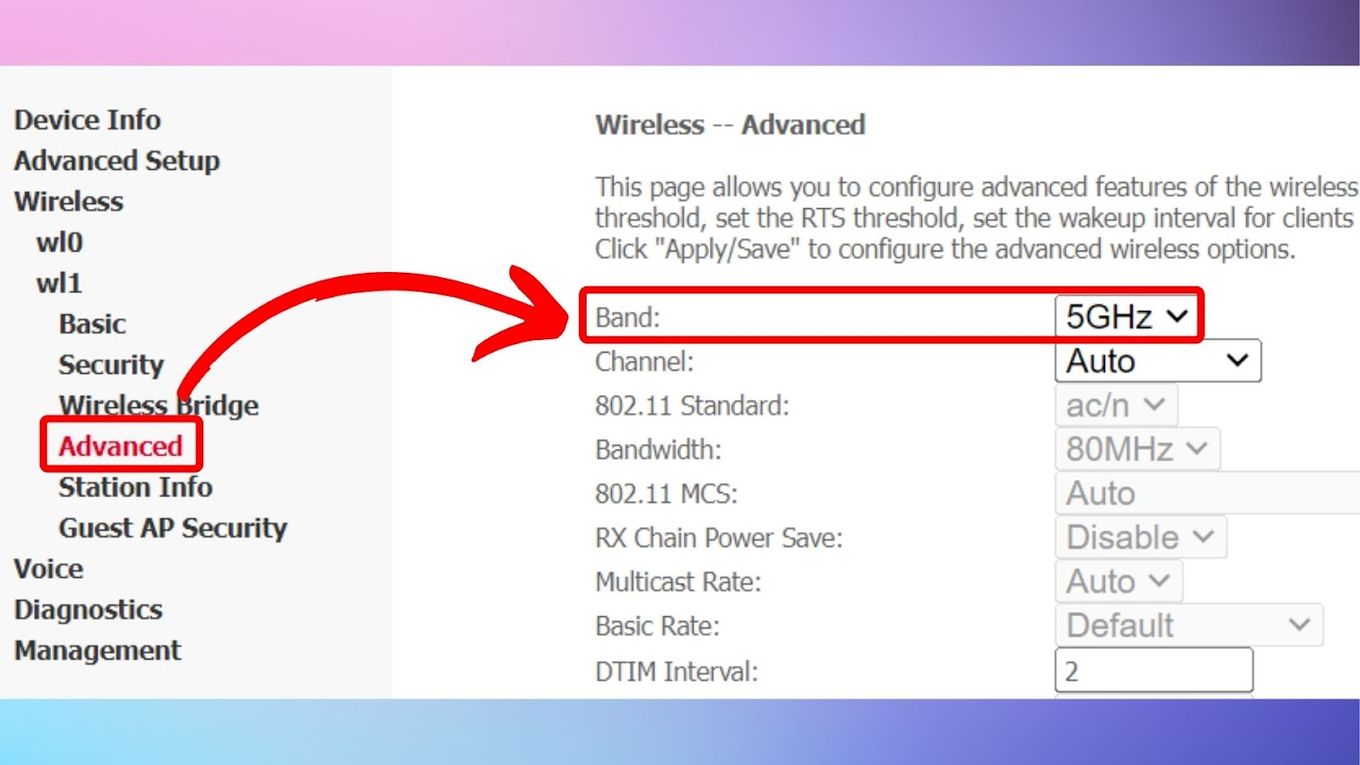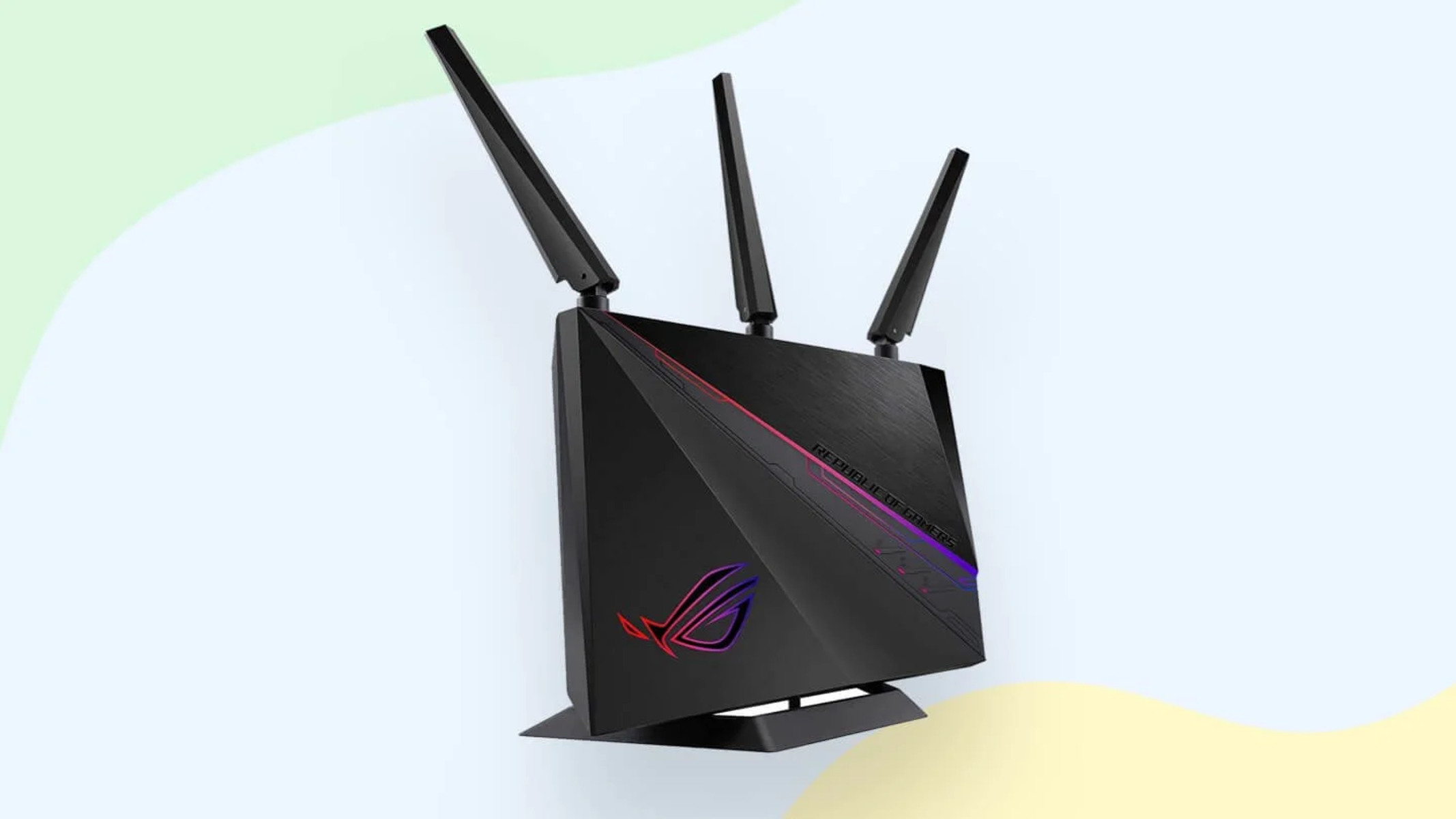Introduction
Wireless networks have become an integral part of our daily lives, enabling us to connect to the internet, stream media, and communicate seamlessly. These networks rely on specific frequency bands to transmit data wirelessly. Understanding the frequency bands used in wireless networks is essential for optimizing network performance and avoiding interference.
In this article, we will explore the two primary frequency bands used in most wireless networks: the 2.4 GHz and 5 GHz bands. We will delve into their characteristics, advantages, and factors to consider when choosing the right frequency band for your network.
With the proliferation of Wi-Fi-enabled devices and the increasing demand for faster and more reliable network connections, it is crucial to have a solid grasp of these frequency bands. By understanding the strengths and limitations of each band, you can make informed decisions to ensure seamless connectivity and optimal performance for your wireless network.
So, let’s dive into the world of frequency bands and discover which two frequencies are commonly used for wireless networks.
Frequency Bands Used in Wireless Networks
Wireless networks operate within specific frequency bands, which determine the range and capacity of the network. The two main frequency bands used in most wireless networks are the 2.4 GHz and 5 GHz bands.
The 2.4 GHz band is the older and more commonly used frequency band in wireless networks. It offers a wider range and better penetration through obstacles such as walls and furniture. However, due to its popularity, the 2.4 GHz band is often congested, resulting in potential interference from other devices or neighboring networks.
The 5 GHz band, on the other hand, is a relatively newer and less crowded frequency band. It provides faster data transfer speeds, making it ideal for bandwidth-intensive activities such as streaming high-definition media and online gaming. The 5 GHz band, however, has a limited range compared to the 2.4 GHz band and is more susceptible to interference from physical barriers.
Both frequency bands have their own advantages and considerations, and the choice depends on various factors such as the specific network requirements, interference sources, and the environment in which the network is deployed.
Some devices and routers have the capability to use both frequency bands simultaneously, offering the flexibility to connect compatible devices to the most suitable band. This feature, known as dual-band technology, allows for optimal performance and can help mitigate potential interference.
It is worth noting that while the 2.4 GHz and 5 GHz bands are the most commonly used frequency bands, there are other less prevalent bands available, such as the 900 MHz band and the 60 GHz band, each with their own unique characteristics and applications.
In the following sections, we will explore the key features and considerations for both the 2.4 GHz and 5 GHz bands, helping you make an informed decision when selecting the most suitable frequency band for your wireless network.
4 GHz Frequency Band
The 2.4 GHz frequency band is the most widely used frequency range for wireless networks. It offers a range of approximately 100 feet indoors and up to 300 feet outdoors, making it suitable for covering larger areas.
One of the key advantages of the 2.4 GHz band is its ability to penetrate obstacles such as walls and furniture. This characteristic allows for better signal reach and coverage, especially in buildings with multiple rooms or floors.
However, the popularity of the 2.4 GHz band has resulted in congestion, as many devices, including Wi-Fi routers, Bluetooth devices, and even microwave ovens, operate within this frequency range. This congestion can lead to interference and slower network speeds, particularly in densely populated areas.
In addition to the congestion issue, the 2.4 GHz band only offers three non-overlapping channels – channels 1, 6, and 11 in the United States. This limited number of channels contributes to the potential for interference from neighboring networks operating on the same or overlapping channels.
Despite these limitations, the 2.4 GHz band remains widely used due to its wide compatibility with older devices and its ability to provide sufficient coverage for many applications. It is well-suited for general internet browsing, email, and non-demanding activities that don’t require high bandwidth.
If you decide to use the 2.4 GHz band for your wireless network, it is important to choose a channel with the least interference from neighboring networks and devices. This can be achieved by using tools such as Wi-Fi analyzers to identify the least crowded channel in your vicinity.
Overall, the 2.4 GHz frequency band is a reliable choice for basic wireless connectivity needs, but it may not be optimal for high-bandwidth activities or in areas with heavy Wi-Fi usage. Let’s now move on to explore the 5 GHz frequency band, which offers faster speeds and has its own advantages and considerations.
5 GHz Frequency Band
The 5 GHz frequency band is a newer and less congested option for wireless networks. It offers faster data transfer speeds and is well-suited for bandwidth-intensive activities such as streaming high-definition media, online gaming, and video conferencing.
One of the primary advantages of the 5 GHz band is its broader range of available channels compared to the 2.4 GHz band. In the United States, for example, there are 23 non-overlapping channels available, providing more options to avoid interference from neighboring networks.
However, it is important to note that the 5 GHz band has a shorter range compared to the 2.4 GHz band. The signal strength diminishes more quickly when traversing physical barriers such as walls, reducing its coverage area. Therefore, the 5 GHz band is better suited for smaller spaces or areas where there are fewer obstacles.
Another factor to consider is the limited compatibility of older devices with the 5 GHz band. Some older Wi-Fi devices may only support the 2.4 GHz band, so it is essential to ensure that all devices connecting to the network are compatible with the 5 GHz band before making the switch.
Furthermore, because the 5 GHz band is less commonly used, it generally experiences less congestion and interference than the 2.4 GHz band. This means that in areas with high Wi-Fi usage or densely populated environments, the 5 GHz band can provide more stable and faster network speeds.
When utilizing the 5 GHz band, it is recommended to select channels that are free from interference. Wi-Fi analyzers can be used to identify and avoid the channels that are heavily congested or overlapping with neighboring networks.
In summary, the 5 GHz frequency band offers faster speeds and a wider range of available channels compared to the 2.4 GHz band. It is ideal for bandwidth-intensive activities but has a shorter range and limited compatibility with older devices. By understanding these characteristics, you can determine whether the 5 GHz band is the right option for your specific network requirements.
Factors to Consider in Choosing the Right Frequency Band
When selecting the frequency band for your wireless network, several factors should be taken into consideration to ensure optimal performance and compatibility. Here are some key factors to consider:
- Network Requirements: Consider the specific needs of your network. If you primarily use the internet for basic tasks like web browsing and email, the 2.4 GHz band may be sufficient. However, if you require faster speeds and engage in bandwidth-intensive activities, the 5 GHz band would be more suitable.
- Device Compatibility: Evaluate the compatibility of your connected devices. Older devices may only support the 2.4 GHz band, while newer ones generally support both bands. Ensure that all devices you intend to connect to the network are compatible with your chosen frequency band.
- Interference: Analyze the interference sources in your area. The 2.4 GHz band is more susceptible to interference from neighboring networks, Bluetooth devices, and other appliances like microwave ovens. The 5 GHz band, while less crowded, may face interference from physical barriers like walls. Conduct a thorough assessment to determine which band has the least interference for your specific environment.
- Range: Consider the range required for your network. If you need to cover a larger area or penetrate obstacles, the 2.4 GHz band may be a better option. However, if you are setting up a network in a smaller space or have few physical barriers, the 5 GHz band can provide faster speeds within a limited range.
- Dual-Band Capability: Some routers and devices have the ability to operate on both the 2.4 GHz and 5 GHz bands simultaneously. This dual-band capability offers flexibility and the opportunity to connect devices to the most suitable band based on their requirements.
By considering these factors, you can make an informed decision when choosing the frequency band for your wireless network. Remember that there is no one-size-fits-all solution, and the choice ultimately depends on your specific needs, environment, and the devices you plan to connect.
Conclusion
Understanding the two primary frequency bands used in wireless networks, the 2.4 GHz and 5 GHz bands, is vital for optimizing network performance and avoiding interference. The 2.4 GHz band offers a wider range and better penetration through obstacles, making it suitable for larger areas, but it can be congested due to its popularity. On the other hand, the 5 GHz band provides faster speeds and less congestion, making it ideal for bandwidth-intensive activities, although it has a shorter range.
When selecting the right frequency band for your wireless network, factors such as network requirements, device compatibility, interference sources, range, and dual-band capability must be considered. Assessing these factors will help you make an informed decision that caters to your specific needs and environment.
It is important to note that while the 2.4 GHz and 5 GHz bands are the most commonly used, other frequency bands such as the 900 MHz and 60 GHz bands may have specific applications and advantages.
In conclusion, by understanding the characteristics and considerations of both the 2.4 GHz and 5 GHz bands, you can make an informed decision when setting up your wireless network. Whether you prioritize coverage and compatibility with older devices or require faster speeds and less interference, selecting the right frequency band will ensure optimal performance and a seamless wireless experience.

























